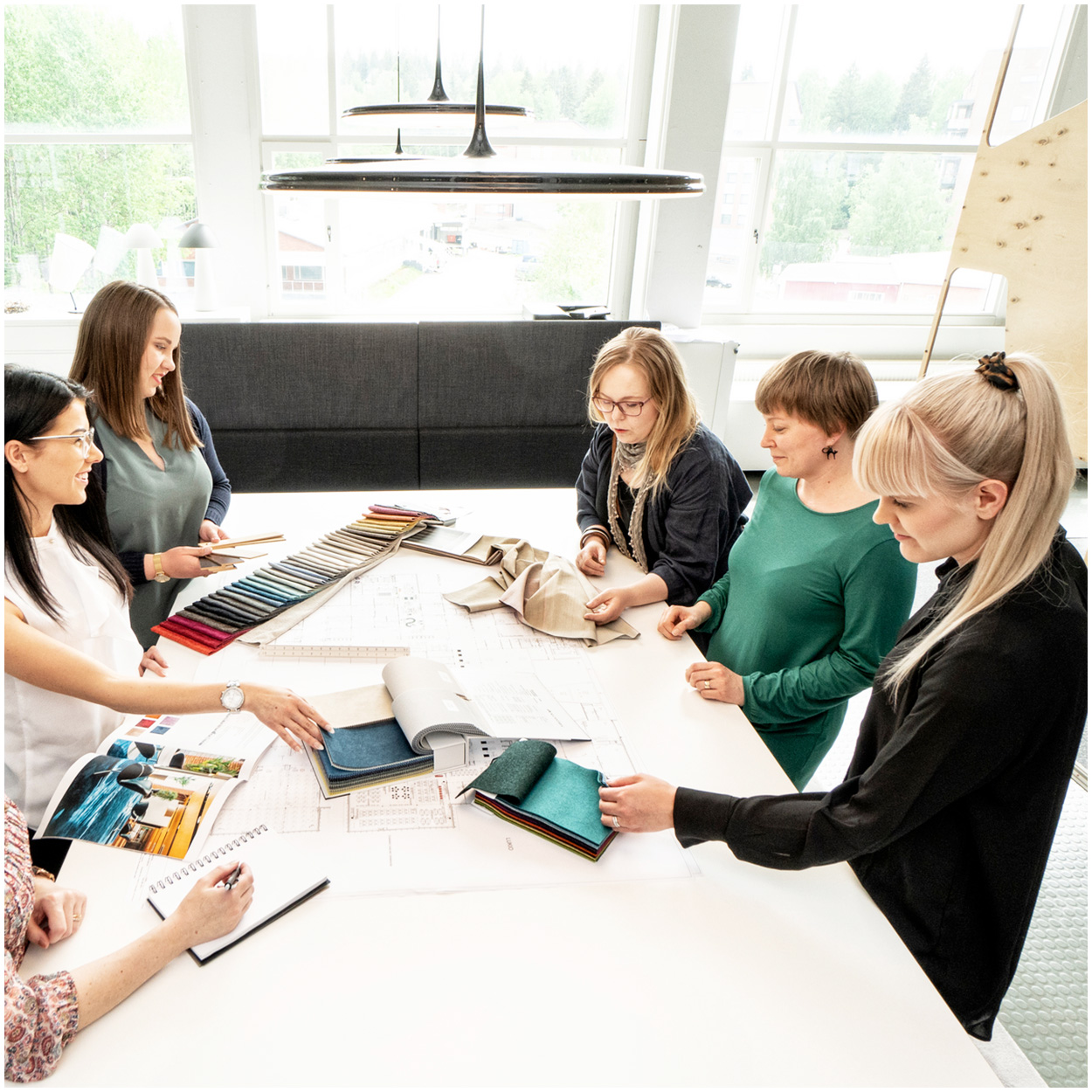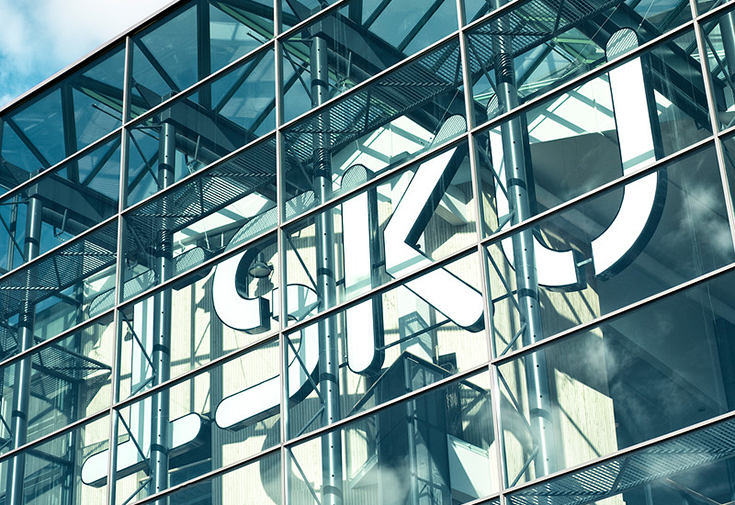The modern workplace is evolving faster than ever before. With hybrid work models becoming the norm and employee expectations shifting dramatically, businesses across industries are realising that their office spaces need a complete rethink. Whether you’re managing a small team or overseeing a large organisation, the challenge remains the same: how do you create a workspace that truly serves your people whilst supporting your business goals?
A successful workplace transformation goes far beyond simply updating furniture or rearranging desks. It requires a strategic approach that considers everything from employee wellbeing to sustainability, technology integration to future flexibility. The good news? With the right planning and expertise, you can create a workspace that not only meets today’s needs but adapts seamlessly to tomorrow’s challenges.
Planning your workplace transformation journey
Every successful workplace transformation begins with thorough strategic planning. This foundational step determines whether your project will deliver lasting value or simply create temporary change. Effective planning starts with understanding your current situation and clearly defining where you want to be.
Begin by conducting a comprehensive assessment of your current space utilisation. Walk through your office during different times of the day and week. Notice which areas are consistently busy, which spaces remain empty, and where bottlenecks occur. This observation will reveal patterns that data alone might miss.
Employee needs analysis forms the cornerstone of any transformation project. Survey your team about their daily work patterns, collaboration requirements, and pain points with the current setup. Consider conducting focus groups or workshops to gather deeper insights. Professional workplace consultants can facilitate these sessions, ensuring you capture honest feedback whilst maintaining confidentiality.
Setting clear objectives is crucial for measuring success. Define what you want to achieve through your transformation – whether it’s improving productivity, enhancing employee satisfaction, supporting hybrid working, or creating a more sustainable office environment. These objectives will guide every decision throughout the project.
Assess your current workspace needs and challenges
Understanding your existing office layout’s strengths and weaknesses provides the foundation for meaningful improvement. Systematic evaluation reveals opportunities that might otherwise go unnoticed.
Start by mapping your current furniture arrangements and identifying specific pain points. Are meeting rooms consistently overbooked? Do employees struggle to find quiet spaces for focused work? Are collaborative areas too noisy or too isolated? Document these challenges with photos and notes to create a clear picture of what needs addressing.
Analysing employee workflow patterns helps identify inefficiencies that impact daily productivity. Track how people move through the space, where they spend most of their time, and what obstacles they encounter. Consider using simple observation techniques or employee journey mapping to understand these patterns better.
Space utilisation inefficiencies often become apparent through this analysis. You might discover that large conference rooms sit empty whilst small meeting spaces are constantly in demand, or that certain departments would benefit from closer proximity to shared resources. This information becomes invaluable when planning your new layout.
Prioritise employee wellbeing in furniture selection
Modern workplace design recognises that employee wellbeing directly impacts productivity, creativity, and retention. Ergonomic furniture choices form the foundation of a health-conscious workspace that supports both physical comfort and mental wellbeing.
Investing in adjustable and flexible seating solutions allows employees to customise their workspace to their individual needs. Height-adjustable desks, ergonomic chairs with proper lumbar support, and flexible seating options accommodate different body types and working preferences. These investments pay dividends through reduced sick leave and improved employee satisfaction.
Creating comfortable work environments extends beyond individual workstations. Consider how furniture choices affect the overall atmosphere of your office. Natural materials, comfortable textures, and thoughtful colour schemes contribute to a welcoming environment that supports mental wellbeing. Breakout areas with comfortable seating provide essential spaces for informal collaboration and relaxation.
The psychological impact of design choices shouldn’t be underestimated. Furniture that supports both individual focus work and collaborative activities helps employees feel more in control of their work environment. This sense of agency contributes significantly to job satisfaction and overall wellbeing.
Choose sustainable and locally-made furniture solutions
Sustainability has moved from being a nice-to-have to an essential consideration in modern workplace design. Environmentally responsible furniture choices demonstrate corporate values whilst delivering long-term economic benefits.
Understanding sustainability certifications helps you make informed decisions. Look for furniture with PEFC certification, which ensures responsible forest management, or other recognised environmental standards. These certifications provide assurance that your furniture choices align with genuine sustainability principles rather than superficial green marketing.
Supporting local manufacturing offers multiple advantages beyond environmental benefits. Finnish furniture, for example, combines exceptional quality with reduced transportation emissions. Local suppliers often provide better customer service, faster delivery times, and easier access to replacement parts or modifications. This proximity also supports your local economy and creates more resilient supply chains.
Quality construction delivers long-term cost advantages that often outweigh higher initial investments. Well-made furniture maintains its appearance and functionality for decades, reducing replacement costs and minimising waste. When evaluating options, consider the total cost of ownership rather than just the purchase price.
Design flexible spaces that adapt to changing needs
The pace of change in modern business demands workspace flexibility. Modular workspace configurations allow your office to evolve alongside your organisation’s changing needs without requiring complete overhauls.
Implementing furniture that supports both individual and collaborative work maximises space efficiency whilst accommodating diverse work styles. Mobile furniture pieces, modular seating systems, and flexible storage solutions enable quick reconfiguration as needs change. This adaptability proves particularly valuable for growing businesses or those with fluctuating space requirements.
Planning for future growth requires thinking beyond current headcount and considering how your business might evolve. Modular systems allow you to add or reconfigure elements as your team grows or your work patterns change. This forward-thinking approach prevents the need for frequent major renovations.
Creating distinct zones for different activities – focus work, collaboration, relaxation, and social interaction – helps employees choose the most appropriate environment for their current task. These zones can be defined through furniture placement, lighting, and acoustic considerations rather than permanent walls, maintaining flexibility whilst providing functional separation.
How can you integrate technology seamlessly into your design?
Modern workspaces must accommodate ever-evolving technology requirements without creating visual clutter or functional obstacles. Planning for technology integration from the outset ensures your workspace remains functional and attractive as digital tools continue to advance.
Cable management solutions keep workspaces organised and safe whilst maintaining aesthetic appeal. Built-in cable trays, wireless charging surfaces, and strategically placed power outlets reduce clutter and eliminate trip hazards. Consider future technology needs when planning these systems to avoid costly retrofitting later.
Creating tech-friendly meeting spaces requires careful consideration of power access, screen visibility, and acoustic properties. Ensure video conferencing capabilities are seamlessly integrated into furniture design, with proper lighting and camera angles considered. Mobile technology carts allow flexibility in bringing presentation capabilities to different areas as needed.
Furniture that supports digital workflows includes features like built-in USB ports, wireless charging pads, and surfaces designed for multiple monitors. These integrated solutions create cleaner, more functional workspaces that support productivity without compromising on design aesthetics.
Establish a realistic timeline and budget framework
Successful workplace transformation requires careful project management to balance quality outcomes with practical constraints. Breaking down projects into manageable phases helps maintain momentum whilst minimising disruption to daily operations.
Balancing quality with budget constraints requires strategic thinking about where to invest most heavily. Focus premium spending on items that directly impact daily comfort and productivity – such as seating and primary work surfaces – whilst finding cost-effective solutions for less critical elements. This approach maximises the impact of your investment.
Planning for minimal business disruption involves scheduling work during off-hours, completing installations in phases, and maintaining clear communication with all stakeholders. Consider temporary workspace arrangements if necessary, and build buffer time into your schedule for unexpected delays or complications.
Setting realistic expectations for completion helps manage stakeholder satisfaction throughout the project. Factor in delivery times, installation complexity, and potential customisation requirements when creating your timeline. Professional workplace development services can provide valuable guidance in creating achievable project schedules.
For comprehensive support throughout your transformation journey, consider partnering with specialists who offer workplace development services that include needs assessment, design planning, and implementation management.
Creating lasting impact through thoughtful transformation
The true measure of a successful workplace transformation lies not in its immediate visual impact, but in its long-term effect on employee satisfaction, productivity, and business outcomes. Thoughtful transformation creates ripple effects that extend far beyond the physical space itself.
Measuring success requires ongoing attention to employee feedback and productivity metrics. Regular surveys, informal feedback sessions, and observation of space usage patterns help you understand how well your transformation is meeting its objectives. This information becomes invaluable for future adjustments and improvements.
Maintaining and evolving your transformed workspace ensures it continues to serve your organisation effectively. Establish regular review processes to assess whether the space still meets your needs, and be prepared to make adjustments as your business evolves. The flexibility built into your initial design will prove invaluable during these adaptations.
Planning for future adaptations acknowledges that workplace transformation is an ongoing process rather than a one-time project. Stay informed about emerging trends in workplace design, technology, and employee expectations. This awareness helps you anticipate changes and adapt proactively rather than reactively.
Remember that successful workplace transformation is ultimately about creating an environment where people can do their best work whilst feeling valued and supported. When you achieve this balance, the benefits extend throughout your entire organisation, creating a foundation for sustained success and growth.
What aspects of your current workspace would benefit most from transformation? Starting with a clear vision of your desired outcomes will guide you towards solutions that truly serve your organisation’s unique needs and aspirations.


